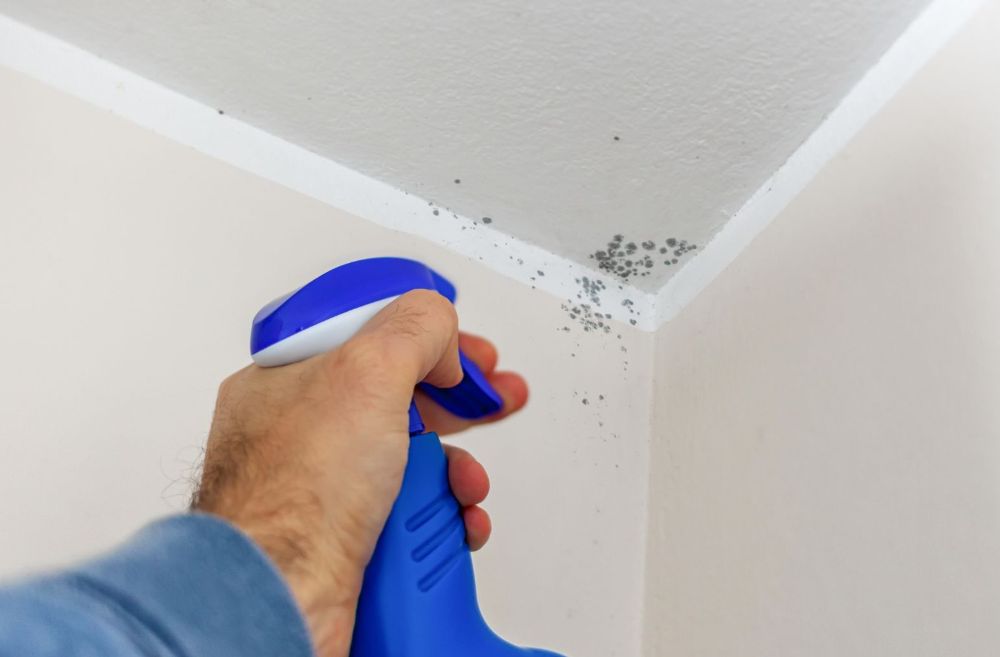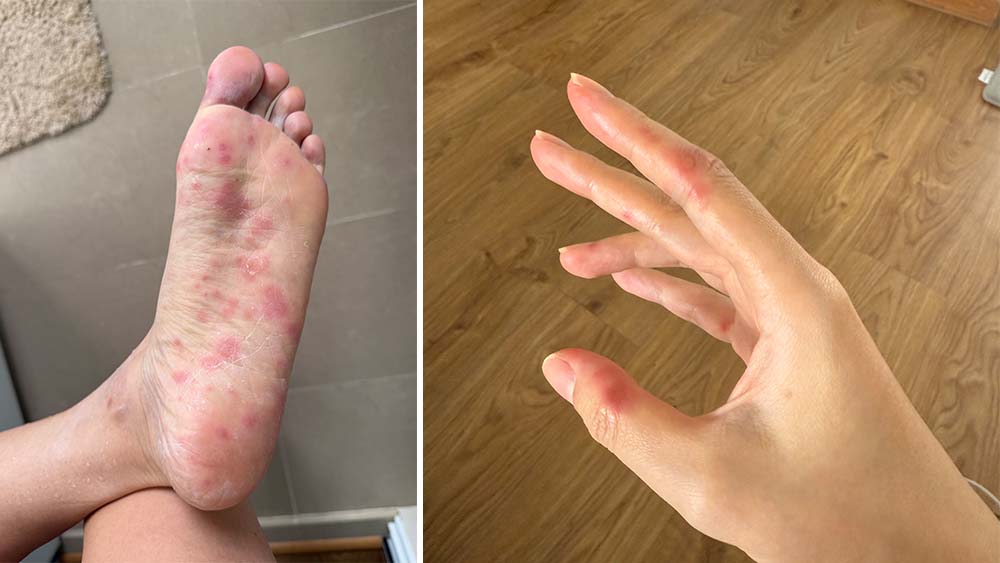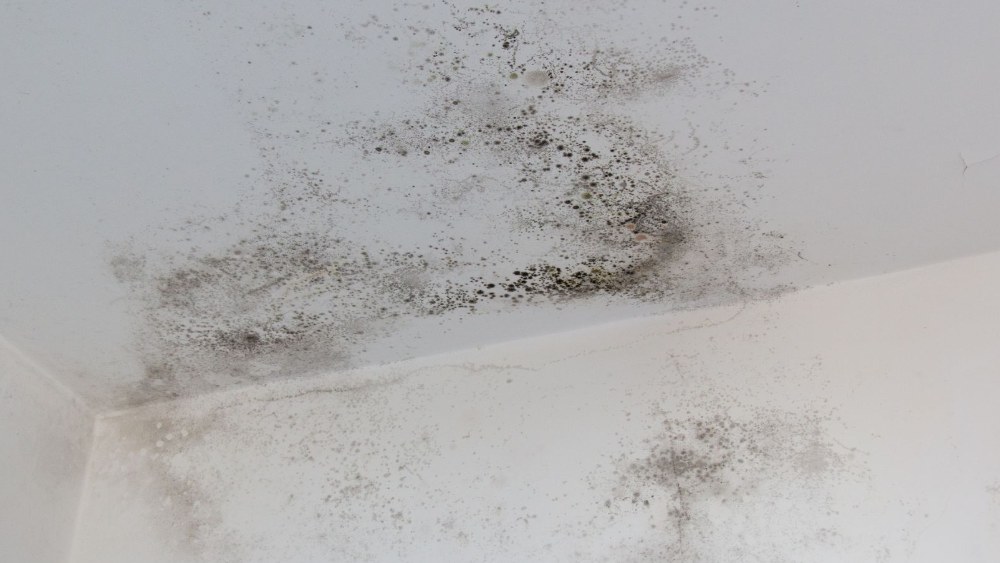CNY Spring Cleaning: How To Deal With And Keep Mould At Bay In Humid Singapore
When I moved into my new HDB, my friends and family gave me recs on how to decorate the home, the best electronics to buy… but no one told me about the dreaded mould that comes from our country’s high humidity. Jialat, another adulting problem I need to worry about.
During the recent rainy season, my husband and I discovered a bunch of spots in the house that was filled with those pesky spores. Worse still, the booklice that’s attracted to mould – they set up camp in my old books, some of my husband’s vintage clothes, and one of my precious leather handbags (gasp).
We went into exterminate mode, because mould is not only unsightly and has a funky odour but can also cause bigger health problems if left unchecked.
Why is mould such a big deal?
Mould isn’t just some annoying patch of black, white, green or grey discolouration you can wash or paint over (you can’t do either, it will come back). Mould releases spores into the air that can trigger allergies, asthma, and other respiratory issues. Prolonged exposure can even lead to more severe infections for those with weaker immune systems.
Mould feeds on organic materials like wood, fabric, and drywall, which means it can slowly but surely eat away at your home’s interior. And that musty smell? Yep, that’s mould (ewww).
Why is Singapore such a haven for mould?
Our country has high humidity levels (often 70% and above), which creates the perfect breeding ground for mould. In fact, our warm tropical climate is basically a mould spa.
And don’t think you’re safe just because your home looks clean. Mould spores are microscopic and float around undetected until they find the right conditions to settle down and grow.
Homes on lower levels (like mine) are more susceptible to mould due to evaporating moisture from drains, soil and the ground when it rains. And your home is likely to attract mould if it is near bodies of water (again, like mine), and if it is an older home (strike three; we bought a resale flat) because of water leaking from old pipes and walls.
How to get rid of mould?
For removing existing mould from surfaces, use diluted bleach like Clorox or common mould removal products. Check if the product contains sodium hypochlorite as an active ingredient.
Alternatively, you can use a common home remedy - vinegar mixed with water as its acidity can kill mould. Just get any white vinegar from your nearest supermarket. But never ever combine bleach and vinegar as that could cause an explosion due to the chemical reaction between both products.
Don’t forget to protect yourself with gloves, goggles, and a mask. Trust us, you don’t want to breathe in those spores. Dry the surface thoroughly after cleaning.
If it’s a really bad problem, especially if it is a large patch of black mould, then you’ll have to call in the professionals to deal with the problem. Bo pian.
Did you think that was all you need to do to get rid of mould? Nopeeeeee. You have to deal with the root cause of mould growth to stop it from coming back again.
 IMAGE: CANVA
IMAGE: CANVA
Preventing mould: Your first line of defence
As they say, prevention is better than cure. Here are some methods we tried and tested to mould-proof our home after the first mould scare:
1. Control humidity
Humidity is mould’s best friend. Invest in a dehumidifier to keep indoor humidity levels below 60%. Place it in moisture-prone areas like the kitchen, bathroom, or storeroom. Pro tip: If you’re on a budget, silica gel packets or moisture absorbers from Daiso can also help reduce dampness in small spaces. Remember to change them regularly, and shift them around especially in big spaces such as under bed storage.
2. Improve ventilation
Good airflow is key to reducing moisture build-up. Open windows whenever possible to let fresh air in. Air your wardrobes occasionally. You can buy exhaust fans in kitchens and bathrooms to expel steam and damp air. A trusty standing fan can also help circulate air.
3. Keep walls and floors dry
Spills and leaks are an open invitation for mould. Wipe up water spills immediately. Quickly fix any leaks in pipes. Got condensation on your windows? A quick wipe-down with a microfibre cloth will do the trick.
4. Use mould-resistant products
If you’re lucky to be reading this when renovating your HDB, ask your ID or contractor to use mould-resistant paint and waterproof plywood if you have the cash to splash (commonly known as marine-grade plywood). These materials act as barriers to mould growth.
5. Regular cleaning
Use mould-specific cleaning agents for your weekly wipe-down. Focus on damp-prone areas like bathrooms, kitchens, and storerooms. Don’t forget hidden spots like behind the fridge or under the sink.
For the latest updates on Wonderwall.sg, be sure to follow us on TikTok, Telegram, Instagram, and Facebook. If you have a story idea for us, email us at [email protected].











